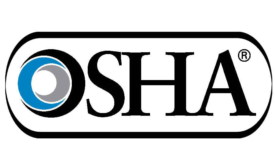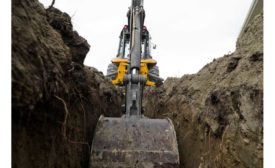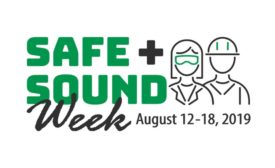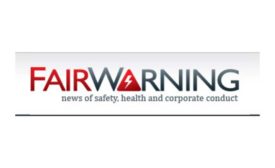News
ISEA launches Safe Hands at Work campaign
#SafeHands hashtag helps spread the word
August 12, 2019
A FairWarning Story
The gas field next door: Living amid old storage wells at risk of leaks
August 12, 2019
Never miss the latest news and trends driving the safety industry
eNewsletter | Website | eMagazine
JOIN TODAYCopyright ©2024. All Rights Reserved BNP Media.
Design, CMS, Hosting & Web Development :: ePublishing










